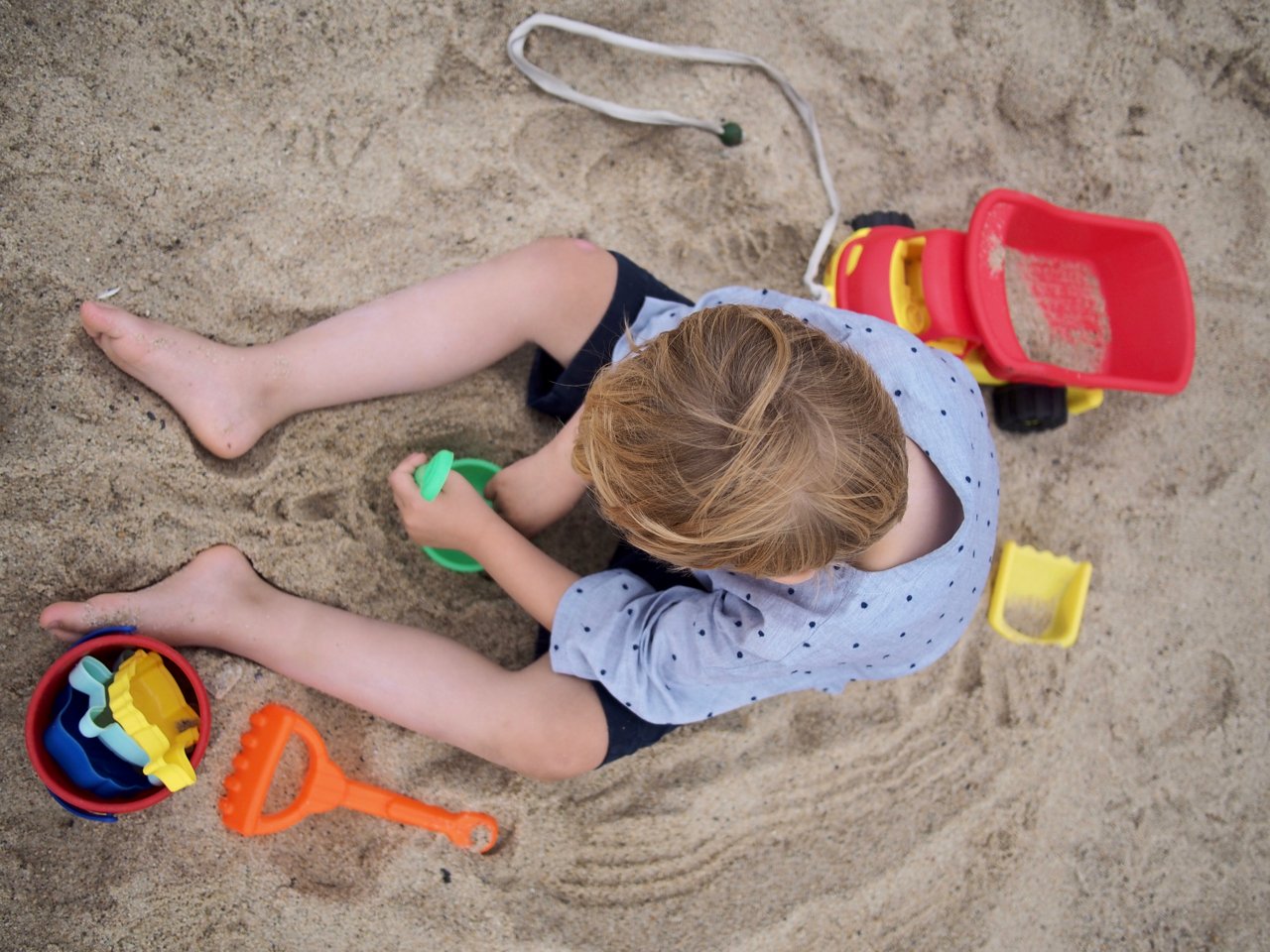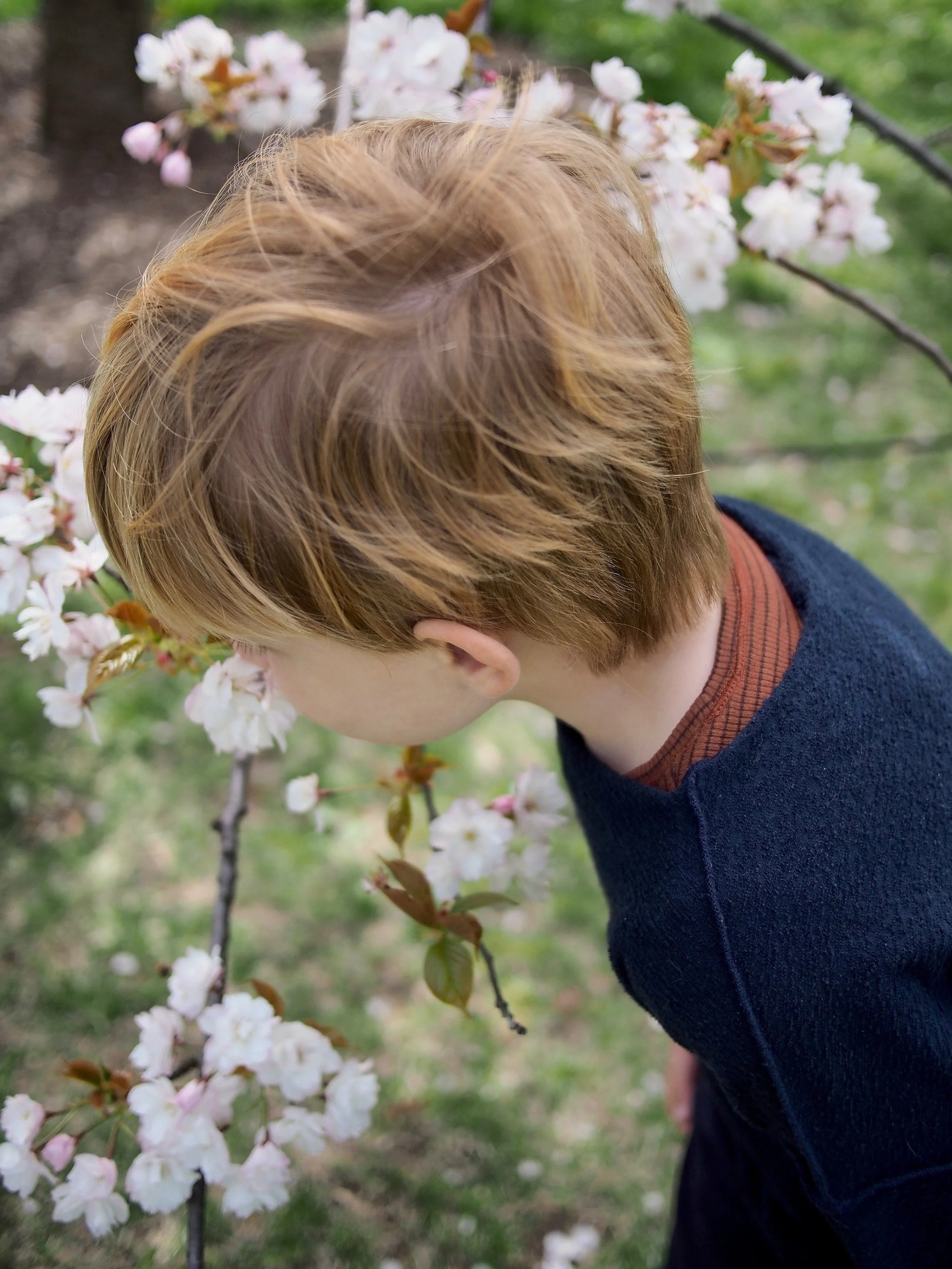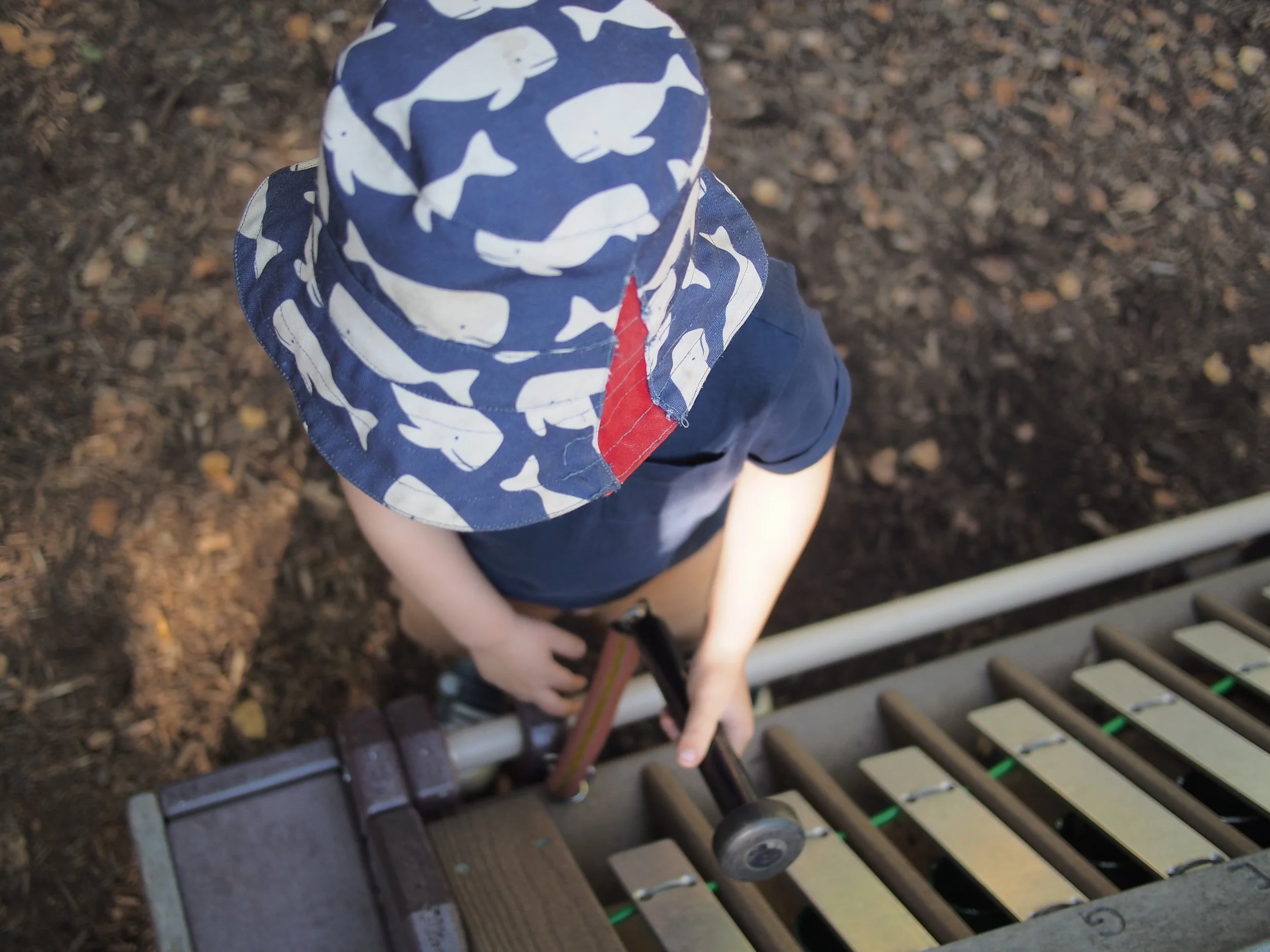
Source_Materials
experience design practice
Makers of immersive spaces that leave room for the imagination.
We design, build, and transform educational spaces that enable children to intuitively engage with their learning environment, and each other.
We collaborate with clients, educators, artists, and makers. Together, we deliver projects that have a lasting impact.
Name of Project Here
Some sort of short and reasonable description fo what this is.

Playful exploration, sparking curiosity and wonder
We believe in the eloquence of space. Design that is clear, intentional and comprehensive while leaving room for play and imagination. An interactive learning environment shouldn’t just speak, it should provide children with a compelling narrative. A framework to which they can add their own stories and ideas.
We achieve this through a careful consideration of materials, colors, light, and interactive features. A clear and open organization of space and information, as well as a deliberate use of sensory stimuli, story telling and role play.
An open vision

Engaging all senses, engaging all students
Text-based lessons aren’t always the most effective - or fun - way to reach a child. Instead, we create adaptable learning environments with a touch of whimsy that involve all the senses and include all students.
Given the right conditions, bright ideas may pop up in unexpected places.
When students get to explore the physical world inside their classroom, getting in touch with their surroundings becomes second nature.
The intangible benefits of being hands-on
In the bustle of day to day school life, a multi-sensory room offers a refuge. A place where students can recharge, decompress, focus, or simply catch a break. Tending to their emotional and sensory needs won’t just significantly improve a student’s ability to learn, but also positively impact the way they engage with their teachers and peers.
A thoughtfully designed room can enable children with special-needs to self-regulate and cope with sensory overload. Meanwhile, neurotypical students can use the space to simply relax or develop skills that may get overlooked in the standard classroom environment.
Curious? Have a project? Let’s get in touch.
Collaborators featured here include:
The Bronx Children's Museum
Argyle Design
Charles George Esperanza
Duane Bailey Castro








